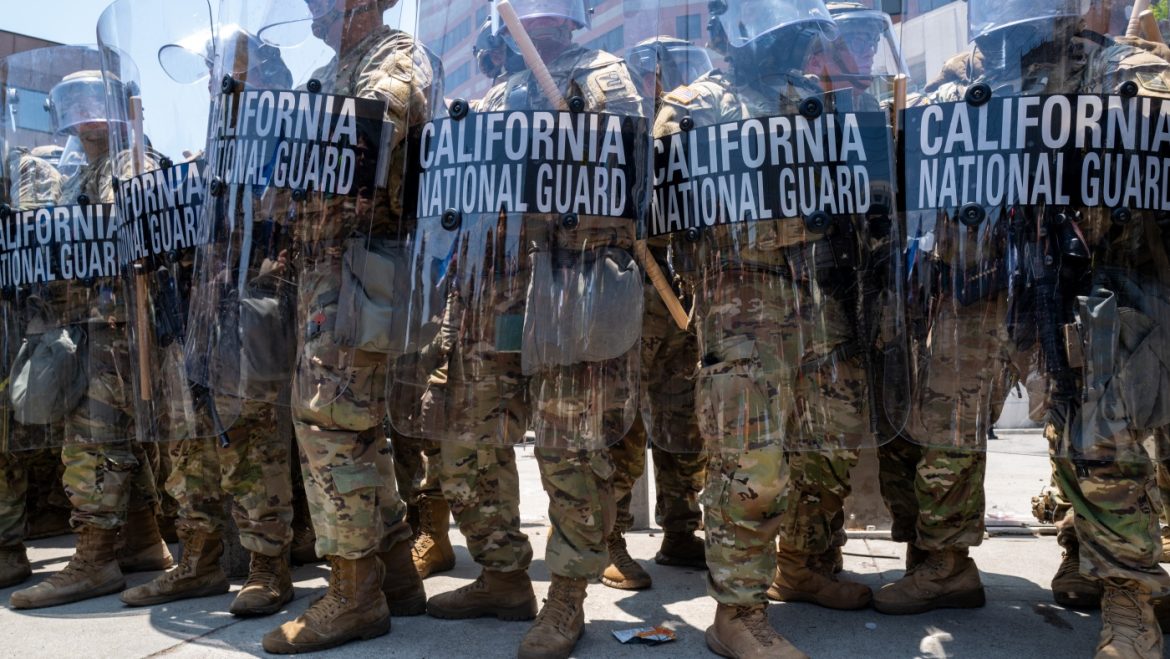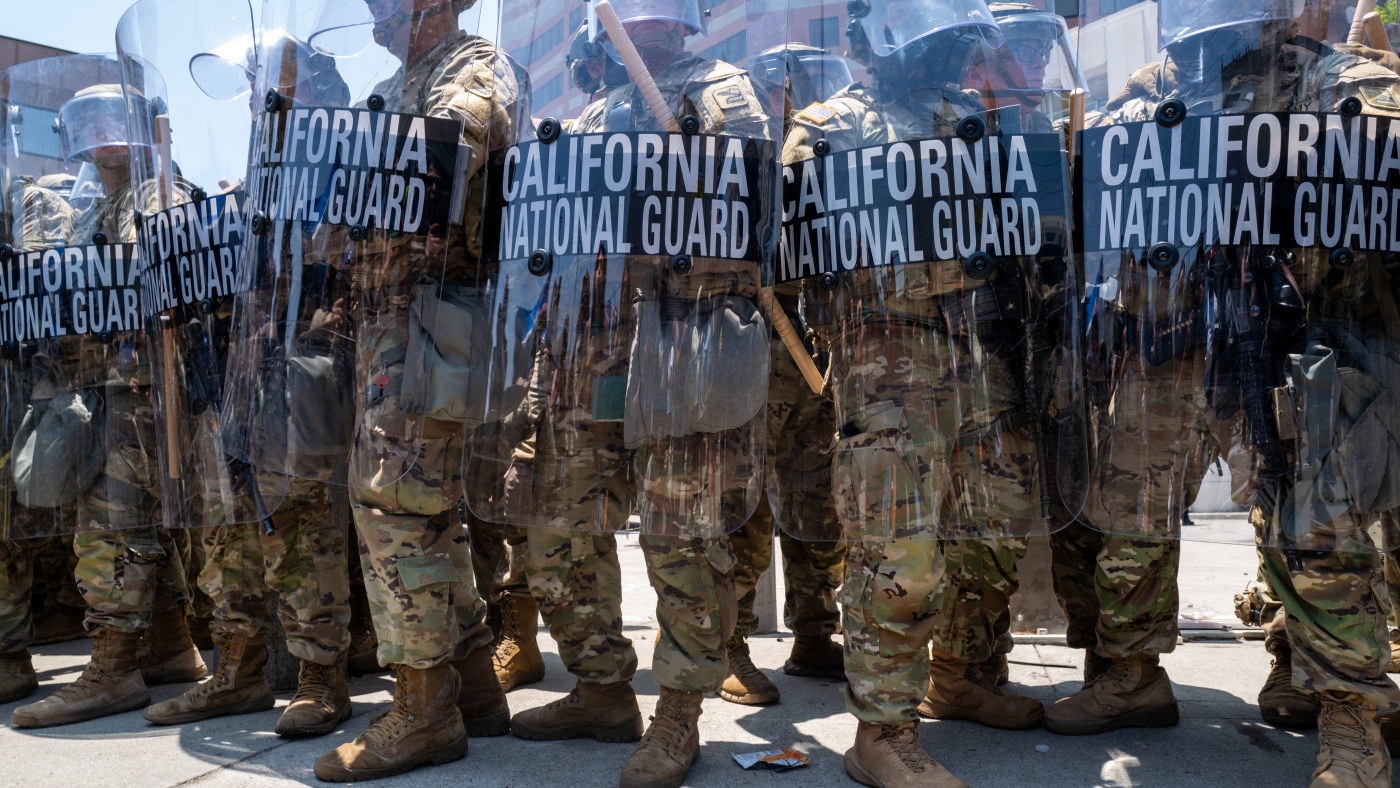The deployment of approximately 700 U.S. Marines to Los Angeles amid sustained protests centered on immigration policies reflects a complex intersection of civil unrest, federal authority, and local governance challenges. Concurrently, it is notable that drug-related deaths among young Americans, despite a devastating decade, are showing signs of decline. These developments, although distinct, reveal critical aspects of contemporary social and governmental dynamics in the United States.
The Context of Marine Deployment in Los Angeles
Over recent weeks, Los Angeles has witnessed a series of protests targeting immigration enforcement, particularly actions by Immigration and Customs Enforcement (ICE). These demonstrations have escalated to the point where the federal government felt compelled to deploy a substantial number of troops—approximately 700 Marines and 2,000 National Guard members ordered by then-President Donald Trump—to maintain security and protect federal property and personnel. This deployment underscores the federal government’s priority to secure immigration officials and facilities amid heightened tensions and protests.
The Marines’ role is clearly defined and limited by legal constraints: they are prohibited from engaging in law enforcement duties such as arresting protesters or directly intervening in crowd control. Instead, their mission focuses on protecting federal buildings and officials. This nuanced role highlights the delicate balance between supporting law enforcement efforts and respecting civil liberties, especially during politically charged demonstrations.
Local and State Government Reactions
California’s political leadership, including Governor Gavin Newsom and other prominent local leaders, openly criticized the deployment of federal troops. Governor Newsom formally requested the withdrawal of the National Guard forces, citing concerns over the militarization of a largely peaceful protest movement and potential exacerbation of tensions. The clashes between law enforcement, the National Guard, and protesters, including reported confrontations involving the Los Angeles Police Department (LAPD), have intensified debates over the appropriate federal response to social unrest.
This discord between federal and state authorities illustrates broader national discussions on the sovereignty of local governance versus federal intervention, especially in issues entwined with politically sensitive subjects such as immigration enforcement.
Broader Implications of Troop Deployment
Deploying nearly a thousand Marines and thousands of National Guard troops places Los Angeles under a quasi-military posture rarely seen in peaceful democratic states facing protest movements. While federal officials argue that these measures are necessary to prevent damage to federal property and protect personnel, the optics of armed troops in urban centers risk inflaming further unrest and deepening community distrust of government institutions.
Moreover, this situation signals how immigration enforcement policies have become flashpoints for broader societal divisions. The visible presence of military personnel symbolizes a harder stance on immigration that contrasts with more humanitarian and reform-driven approaches advocated by various civil society groups and local governments.
Decline in Drug-Related Deaths Among Young Americans
In a seemingly unrelated but equally significant development, data indicates a decline in drug-related deaths among Americans under 35 years old after a tragic decade where over 230,000 lives were lost to overdoses. Fentanyl and other synthetic opioids had driven a sharp increase in these fatalities, leading to what public health experts described as an overdose epidemic.
The recent decline, illustrated by lower overdose rates in 2021, suggests some progress in combating the crisis. This improvement could be attributed to multiple factors, including expanded access to addiction treatment, increased availability of overdose-reversing medications such as naloxone, targeted public health campaigns, and possibly changes in drug supply patterns.
While the death toll remains alarmingly high, the downward trend offers a glimmer of hope after years of persistent loss and highlights the importance of sustained investment in public health interventions and harm reduction strategies.
Intersecting Challenges for Urban America
Both the deployment of Marines to address protests and the decline in drug-related deaths reflect the layered challenges facing large American cities like Los Angeles. On one hand, civil unrest connected to immigration and policing policies demands a delicate navigation of security, rights, and community relations. On the other hand, public health crises such as drug overdoses require coordinated, compassionate interventions to prevent further loss of life.
The juxtaposition of militarized responses to social protests and public health progress on drug deaths underscores the complex fabric of urban governance. It points to the need for multifaceted strategies that address root causes—ranging from economic disparity and systemic injustice to addiction and social alienation—rather than relying solely on force or narrow health measures.
Conclusion: Navigating a Crossroads of Security and Humanity
The deployment of U.S. Marines to Los Angeles amid immigration-related protests, combined with the encouraging decline in youth drug overdose deaths, paints a vivid picture of a nation grappling with profound and intertwined issues. Militarized responses to public demonstrations challenge the principles of democratic dissent and raise questions about the role of the federal government in local affairs. At the same time, the slow progress in reversing a devastating drug epidemic signals the power of persistent public health efforts amidst adversity.
Together, these phenomena invite reflection on how American society can evolve to better balance enforcement and empathy, safety and civil rights, crisis management and prevention. The path forward demands careful attention to the human stories behind statistics and protests alike, encouraging policies that uphold dignity, reduce harm, and foster resilience within communities.


